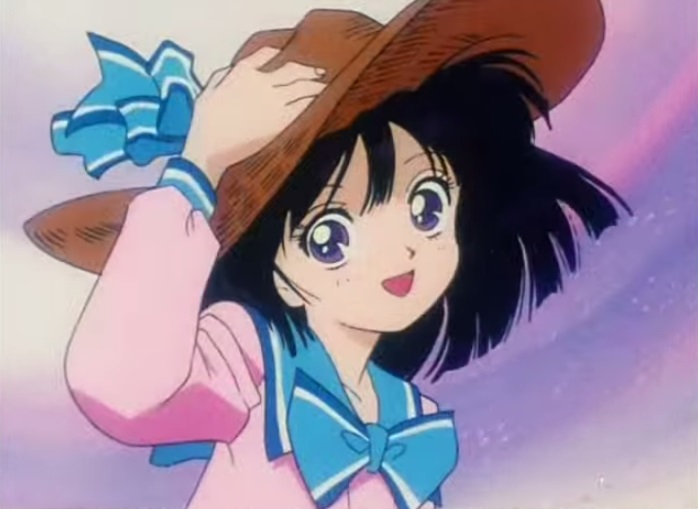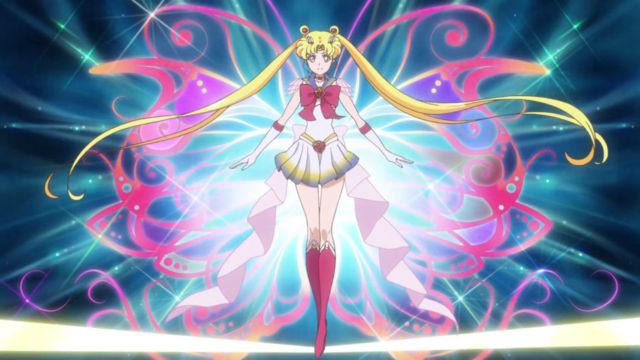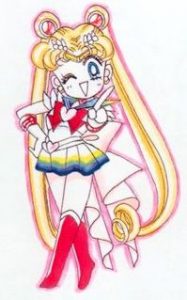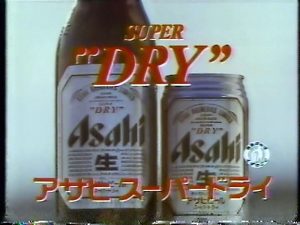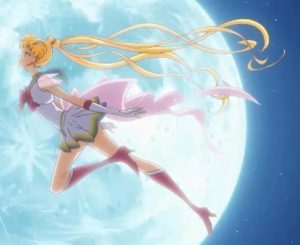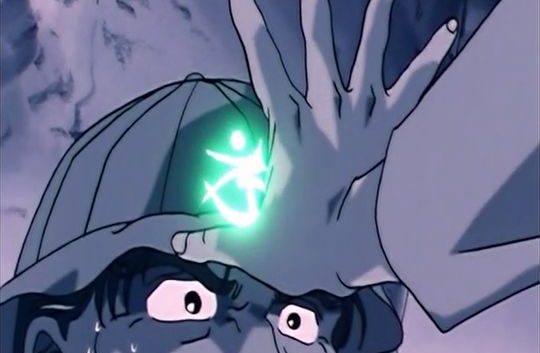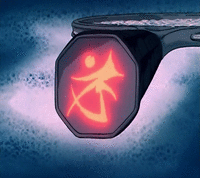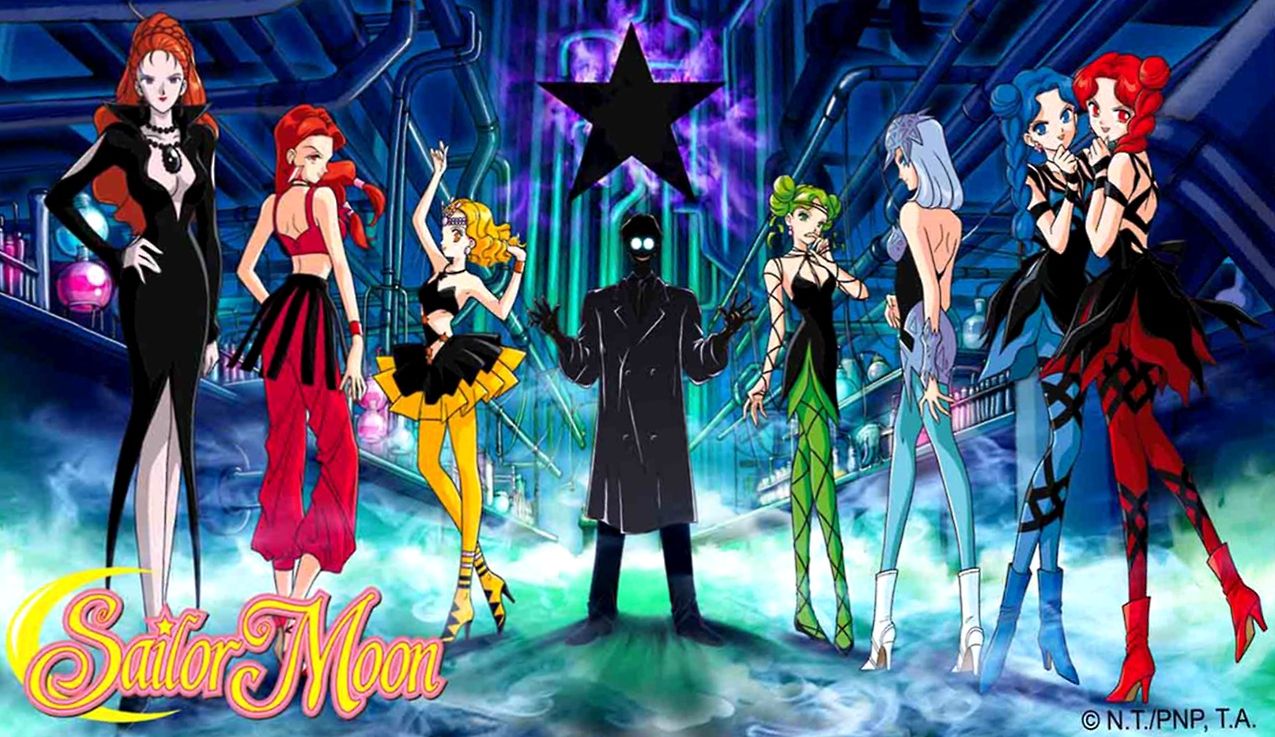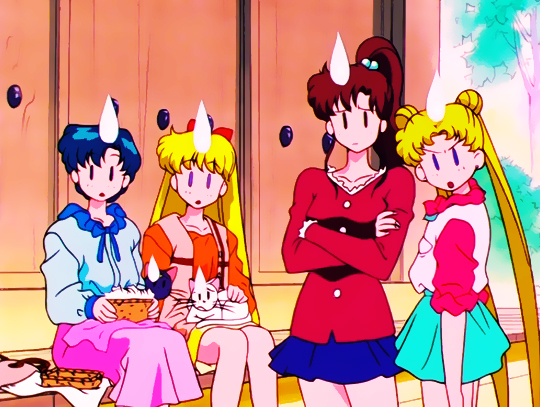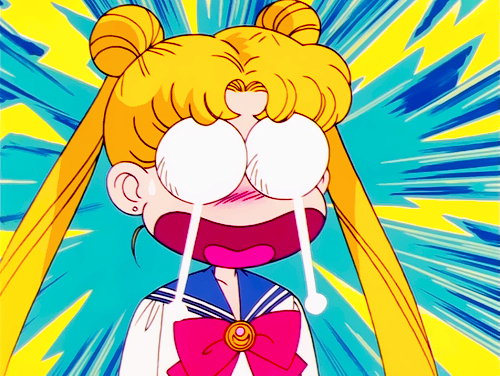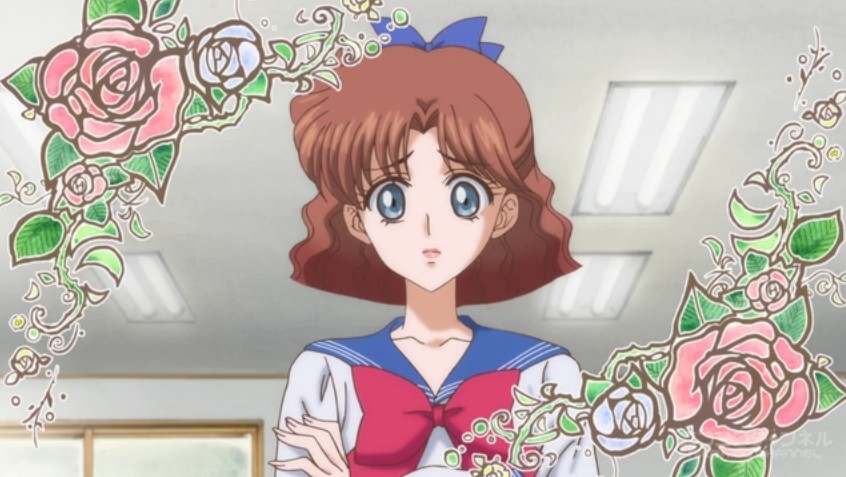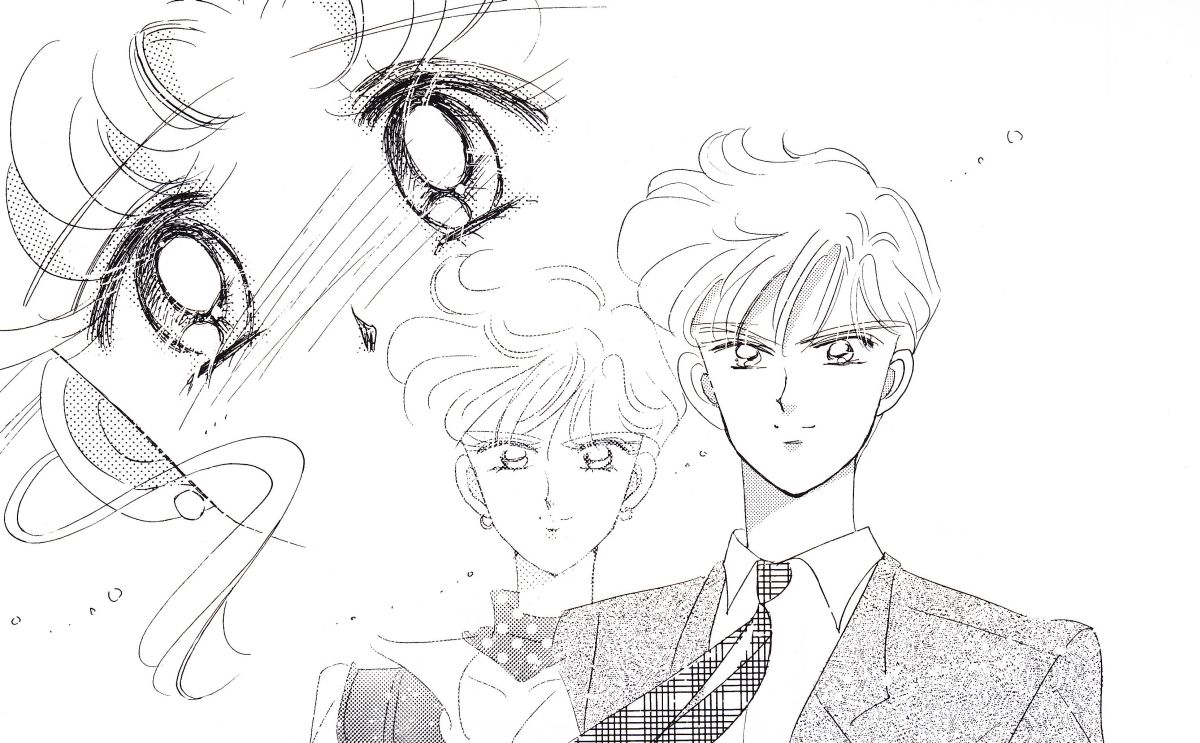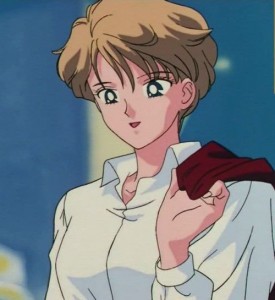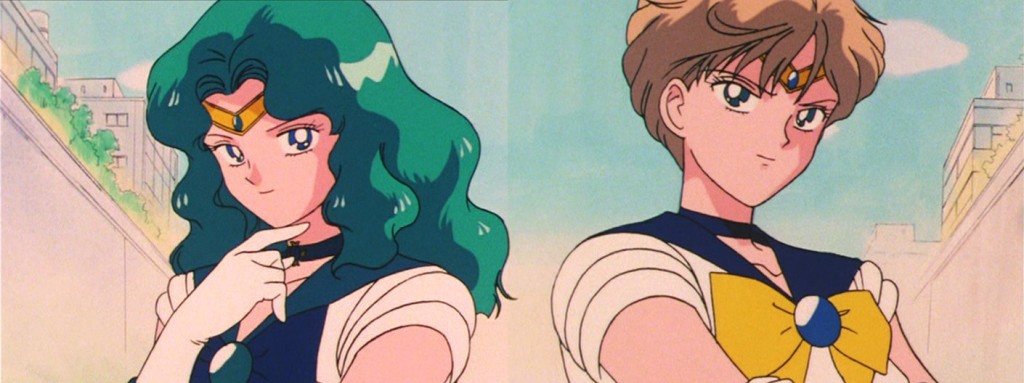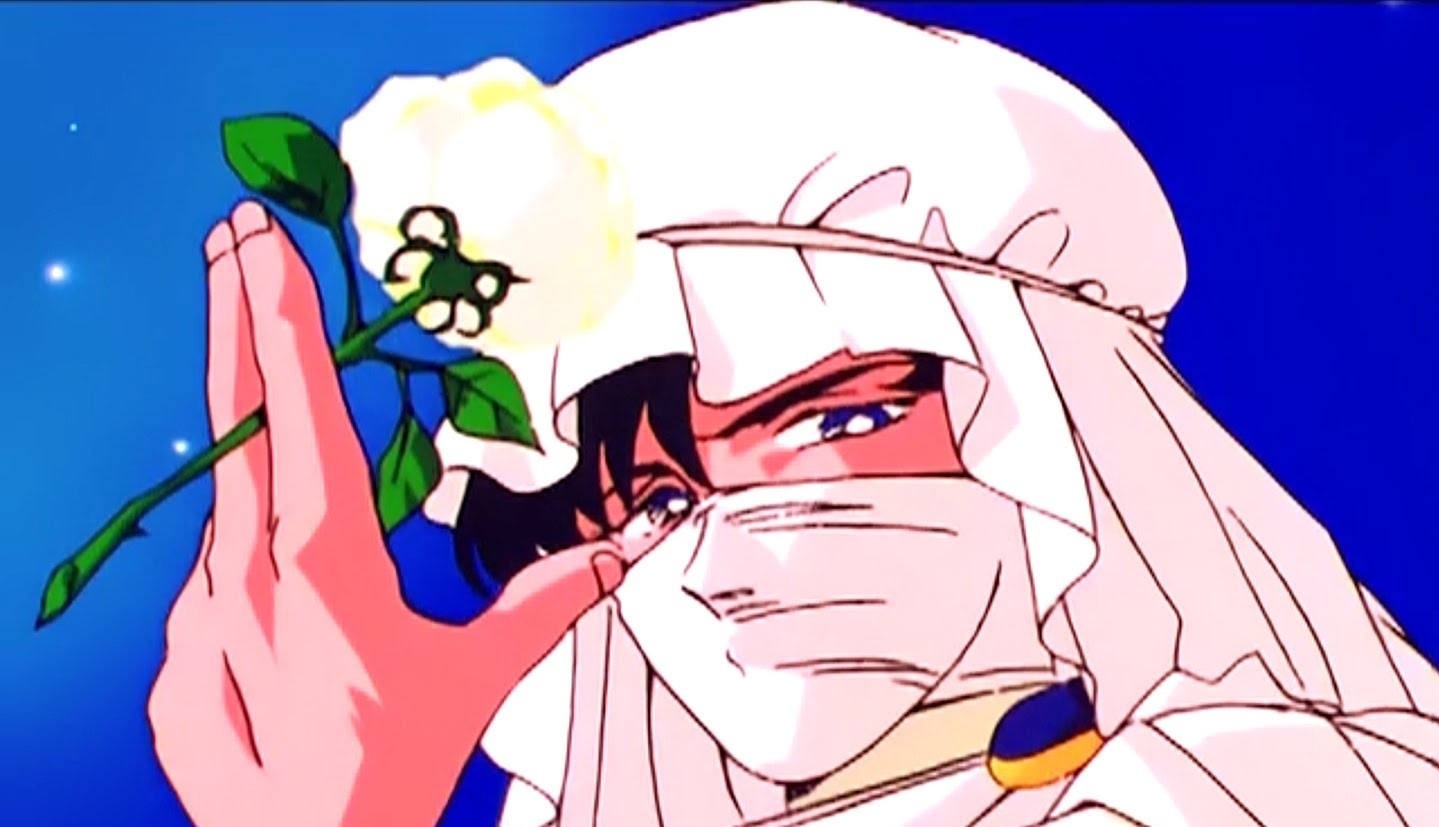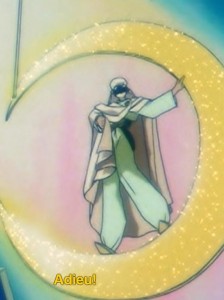For anyone who has been keeping up with anime terminology and slang popularly used in the otaku sub-culture (both in Japan and abroad), you have no doubt run across the term moe. Probably quite often, in fact. Though the term itself mostly is used to refer to the sense of adoration or affection toward a given character, it can also be used in reference to a character (or actions by said character) which would elicit such reactions. One of the popular theories is that the term was first inspired by Hotaru, which is what we’re going to look at today!
Tag Archives: Linguistics
What’s So Super About Super Sailor Moon?
Depending on how you take it, this question could either be existential, painfully obvious, a bizarre linguistics mystery, or an interesting mix of all three. Just to be clear, we’re not actually discussing the relative power of Sailor Moon’s attacks or why the series is called Sailor Moon in the first place, but rather what was the reason for having her powered up form being called “Super Sailor Moon.” Couldn’t she just power up without needing a new name?
Well, as with a lot of things in Japanese media, answering this question requires us to take a look back at the social and historical context that the Sailor Moon series was created in. As original and unique as the series is, and as much work as Ms. Takeuchi put in to make such a rich and diverse world for her characters to live within, the series was still greatly impacted by the pop culture of the country it was founded in.
You see, throughout the mid- to late-1980s and into the 1990s, Japan had something of a love affair with the word “super,” not much unlike how “x-treme” (and various variations thereon) became synonymous with sports, soft drinks, and pretty much any product or TV show marketed to anyone under the age of 30 in the US from the late 1990s and early 2000s.1 Japan’s (…bubble) economy was going strong,2 and the word “super” seems to have been picked up by marketers to show how their product was new and improved.
The most obvious example that you’re probably all aware of is the upgrade from the Famicom/Nintendo to the Super Famicom/Super Nintendo, but this goes back much earlier. Following the Nintendo connection, the sequel/upgrade to the smash hit “Mario Bros.” was “Super Mario Bros.”3 But as we’re about to see, characters being “leveled up” so-to-speak isn’t the only way that the word super had infected Japanese culture.
In 1987 the Asahi Beer company, wanting to expand their business from a paltry 10% of the Japanese beer market, launched the Asahi Super Dry product line. This sparked off what is known as the “Dry Wars” among Japanese beer producers,4 who were all trying to capture the budding dry beer5 market.
Other noteworthy examples include the Super Saiyan form6 in Dragon Ball Z in 1991, the Super-VHS video standard7 introduced in 1987, and the proposed upgrade to the floppy disk – the so-called SuperDisk8 – in 1997. Taking a look at anime titles alone, you can see the trend pretty clearly:9
So what does this all mean, then? Essentially what this means is that during this particular time in Japan, the word “super” was a popular marketing buzz word used to convey to the audience that this was a new, upgrade, improved version of a previous product. That’s not to say that the concept didn’t exist in the west – Superman predates this marketing buzz in Japan by nearly half a century. But what’s interesting about all this is that, taken as a whole, what Ms. Takeuchi was trying to emphasizing by powering Usagi (and, later, the rest of the Sailor Soldiers) up into her Super form.
Taking into consideration how deeply this was all affected by the words, language, and other series and products out at the time, it makes me wonder what the upgraded form of Sailor Moon would’ve been called if the series came out today? Mega like in Pokémon?10 Though I’m a fan of the Super and Eternal forms, I’d love to know how things would’ve changed if the series had been made today!
What Does Nephrite’s Cursed Symbol Mean?
One of the interesting things about the Classic season of the Sailor Moon anime is that each of the Four Kings of the Dark Kingdom not only had their own unique objectives, but they also had their own youma and their own ways of trying to achieve their goals. While Jadeite may have decided to get energy en masse, for example, Nephrite chose to get energy from a person when they were at their peak. But there’s one thing that I always wondered about many years ago when I watched Nephrite put his mark on his future victims: does that mark actually have any sort of meaning behind it?
The answer to this question is unfortunately, like is often the case when discussing the world of Sailor Moon, both yes and no. While the producers behind the anime were no strangers to adding in obscure hidden references into the background of scenes or playing games with character names, the answer to this question is rather straightforward – if you know where to look for the answer.
Since we see Nephrite use this symbol in multiple episodes when he puts his mark on a possession important to each of his victims, we can pretty definitively state what the proper orientation is (i.e., which way is up and, thus, how it should be interpreted). When you look closely at it, you can see that this symbol is really nothing more than a stylized form of the katakana used to spell out his name in Japanese – more specifically, the ネ (ne) in ネフライト (nefuraito).
But that’s no good reason to get disappointed, not yet at least! First, we need a brief history lesson.1
Hiragana and katakana,2 the two Japanese syllabic alphabets, developed from evolutions – simplifications, really – of kanji, which had been previously used in the form of man’yogana3 wherein kanji was read not for its symbolic meaning, but was used to phonetically spell out Japanese words. This was obviously not ideal for several reasons:
- Very little consistency between authors over which kanji was used to represent which sound (i.e., there are dozens of kanji that can be pronounced ne, so which do you use?)
- Kanji is time-consuming to write and requires more finesse for fine lines
- It was unclear when a kanji should be read for pronunciation and when it should be read for meaning (a proper noun, for example)
The katakana symbol ネ (ne) comes from a simplification of the kanji 祢 (ne),4 more specifically, the left radical of that kanji. When you take a look at how the kanji is simplified when writing in one of the various cursive styles of Japanese calligraphy, you can see the similarities with Nephrite’s mark.
You can see that as the kanji is written in more stylistic manners, the left radical bears a strong resemblance to the mark that Nephrite leaves on all of his victims. It looks like what we have here is a case of the anime producers actually looking back to the past in order to create something new and unique. I told you this wasn’t a complete disappointment!
Now if only someone could explain to me why it would be okay for Nephrite and Naru to date, like the trouble with Usagi and Mamoru in the anime, I think all of my questions would be answered.
Where Did the Death Busters Get Their Names?
It seems that this question comes up at least once every season, but it’s just too much for me to pass up on the opportunity to discuss the depth that Ms. Takeuchi goes to when naming her characters. And that’s saying nothing of the entirely different styles of pun-tastic names that the anime producers went with when naming their various youma, cardians, droids, daimons, and other monsters of the day. Now that the Death Busters have made their long-awaited appearance in the Sailor Moon Crystal anime, it seems like now is as good of a time as ever to discuss how it is that they characters got their names. So what was the inspiration behind the names of the Witches 5 and the other members of the Death Busters?
How Uncommon Are the Names of the Sailor Moon Characters?
We’ve discussed on several occasions the difficulties involved in localization, particularly when it comes to names, but we haven’t often discussed the names of the main characters themselves (with some exceptions), and how uncommon or strange they may seem. In fact, when the Sailor Moon manga was first being localized into English by Mixxzine1 (before being moved to Smile2 and then serialized by Tokyopop)3 – one of the first magazines for localized manga to be widely distributed in the U.S. – there was a lot of debate among fans over how Usagi’s name was localized.
While many fans either preferred the name Serena, as used in DiC’s localization of the anime, many other fans expressed an affinity for the Japanese original name. Mixx’s choice to translate Usagi’s name literally as Bunny was divisive to say the least. On one side of the argument, you could say that this is how Japanese readers interpreted the name—as a word found in the dictionary. On the other, one could argue that just like Dick Dastardly4 and many other children’s cartoons in the West, the name is simply an extra to give you further insight into the character.
Since there’s no “correct” solution to this issue of nuance in Japanese being lost in localization, I think it’s worth taking a look at this issue from another direction: just how made up are the names of the Sailor Moon cast, and are they really as obscure and fictional as we’ve all been led to believe? How many people can there actually be who are named “… of the moon,” anyway?
There are at least 251 households named Tsukino.
According to this index5 of 19,661,494 Japanese phone book listings, at least. Another site, which uses both phone records and and government census data,6 says that there are approximately 1,500 people with the last name Tsukino, making it the 6,402nd most popular last name in Japan. The site also provides an interesting look into the origin of the last name:
現鹿児島県東部である大隅国曽於郡月野が起源(ルーツ)である。近年、鹿児島県に多数みられる。 「野」は自然のままの広い地を表す。
The origin of the name is the village of Tsukino in the Soo district of Oosumi province in what is now the eastern part of present-day Kagoshima prefecture. There are many with the name found in Kagoshima prefecture. The character for “no” (野) means a wide-open natural space.
That’s right, if you were to go to Soo county in Kagoshima,7 you could very well meet someone named Tsukino. So in terms of realism, how do the rest of the characters fare?
| Name | No. Households | Ranking | Most Common In |
| Tsukino | 251~1,500 | 6,402 | Kagoshima |
| Mizuno | 26,216~175,000 | 105 | Aichi |
| Hino | 4~20 | 64,633 | Oita |
| Kino | 1,284~8,700 | 1,811 | Shizuoka |
| Aino | 21~140 | 26,233 | Hokkaido |
| Chiba | 34~230 | 19,895 | Yamagata |
| Tenoh | 13~80 | 36,041 | Hiroshima |
| Kaioh | 0 | NA | NA |
| Tomoe | 0 | NA | NA |
| Meioh | 0 | NA | NA |
| Osaka | 172~1,200 | 7,346 | Osaka |
I guess it shouldn’t be all that surprising that Mizuno would be that common of a last name (almost breaking into the top 100!) considering that there’s the Mizuno Corporation,8 a popular brand of sports equipment. More than anything else, though, I was surprised to see that nearly all of the last names of the main cast (with the exception of Michiru, Hotaru, and Setsuna) actually exist in the real world. Even Ms. Naru Osaka, who I always figured was a pure parody name, actually has some real-world relatives in the – big surprise! – Osaka region of Japan.
So there you have it! Though obviously Ms. Takeuchi picked the character names in order to match them with their representative planets as well as their chosen element and, to be honest, it may simply be a pure coincidence that any of these are real-world names at all, I for one am glad to see that there is at least one more touch of reality in the world of Sailor Moon.
And for anyone who’s curious – no, there’s no one in Japan that I could find named Usagi. Too bad!
Did the Sailor Moon Anime Make Haruka More Masculine?
I generally try to avoid topics that require an understanding of Japanese to begin with, since it’s much less fun for those involved and has a very “inside baseball”1 feel to it if you’re trying to follow along with a bunch of different terminology. Of course, it can be very interesting sometimes and since we’re talking about a series which has undergone many incarnations in being brought to the Western world, it definitely is worth discussing sometimes. The case of Haruka, and how her gender and sexuality is conveyed in the anime and manga, is certainly one of those issues worth a closer look.
Japanese, as I’m sure many of you are aware, has a lot of personal pronouns.2 In fact, if you take a look on the Japanese Wikipedia page,3 you’ll find that they list fifty-one different ways to say “I” or “me.” This leads to an interesting problem in translation, since in Japanese these all express information on the way that the speaker views both themselves and their relationship with the listener while there’s no other choice than to translate them all as “I” when putting it into English.4 While most anime fans have undoubtedly heard of the common terms like watashi, atashi, boku, and ore, there are many others like honshoku (本職; used in business correspondence, often by government officials) and wagahai (我が輩; used by kingly sorts and despots, like King Koopa from Super Mario and well known in the title of “I Am a Cat” by Natsume Soseki5) which, though slightly less common, are just as important to Japanese culture and communication.
So when it comes to Haruka, it’s obviously a great point of interest how she refers to herself, since it expresses a part of her character that doesn’t really come across in English. While researching this, though, I came across an interesting issue: the anime and the manga treat Haruka’s use of personal pronouns differently… and in a pretty peculiar way.
How does the anime treat it? Well, irrespective of whether she is Sailor Uranus or Haruka (and both before and after Usagi discovers Haruka is female), she refers to herself using the pronoun boku, which is typically reserved for males but is not seen as completely verboten when used by younger girls and up through university. Where things get interesting, though, is in the manga. Ms. Takeuchi did not stick to just one personal pronoun for the character, but actually uses two – atashi and ore, which are seen as explicitly feminine and masculine, respectively. So when appearing as Haruka, she identifies herself more as a masculine and strong personality while taking on more of a feminine touch (on the same level as the way Ami refers to herself!) when in the form of Sailor Uranus.
To be honest, I’m rather disappointed that the anime did away with this for a simple across-the-board use of boku rather than going through the effort of trying to show Haruka as more of a fluid character, transcending above the simple male/female gender choice, as Ms. Takeuchi hinted at in the manga by switching between two extremes.
Ultimately, this is all a relatively minor issue, but it’s unfortunately one that’s lost in translation since there really aren’t any direct ways to address it in English other than changing the rest of the character’s speech patterns. I’d love to hear about how other translations dealt with it, though. Especially ones which do have gendered pronouns!
Did Moonlight Knight Make a Mistake in French?
Moonlight Knight is a bit of an oddball character in the Sailor Moon anime, as he’s one of the few “hero” characters that exist only in the anime with no manga connections at all. The whole Cardian Arc1 was completely made up for the anime only, supposedly to give Ms. Takeuchi a chance to prepare her next story arc while the anime rushed ahead of her, though I’ve always suspected that the true purpose of this was to give them a sort of teaser for the upcoming Sailor Moon R movie. That, however, is a story for another time. What we’re here to look at is: what’s with Moonlight Knight’s use of French?
Possibly even more than Tuxedo Mask himself, Moonlight Knight was fond of long, dramatic speeches.2 More interesting to me, though, is what he said when he departed. Despite his strong Arabian design, Moonlight Knight always leaves the Sailor Team with a fancy “adieu.” What’s noteworthy about this is that it appears to have been a mistake by the anime production staff, directly translating his さようなら (sayounara; good bye) into something more fancy-sounding without looking into the cultural context. The issue here is that adieu implies that you don’t believe that you will see the other party again (at least not soon), and that you are saying good bye with a sense of finality. What he should have said was au revoir, which is used when you do believe that you will be crossing paths in the near future.3
While I would like to say that there was some sort of deeper meaning to this word choice and over-analyze the issue, I’m afraid that this is pretty much clearly a case of not having done the appropriate cultural research. If I were to read into the issue, however, I would say that you could make the assertion that this was Moonlight Knight’s way of expressing that he hoped he and Mamoru would soon re-join (i.e., Mamoru’s physical / human form and his sense of duty to protect the Sailor Soldiers) and was bidding them farewell. Put another way, by implying he would see them again would suggest that Moonlight Knight did not intend to return to Mamoru and resume his activities in the form of Tuxedo Mask.
Of course, this is probably looking way too into it, but it’s at least an interesting tidbit, if nothing else! Since Mamoru is a university student in the anime, and many university students are required to learn a second foreign language (other than English), it’s entirely plausible that he did study some French. You’re pretty clever, Mamoru!
